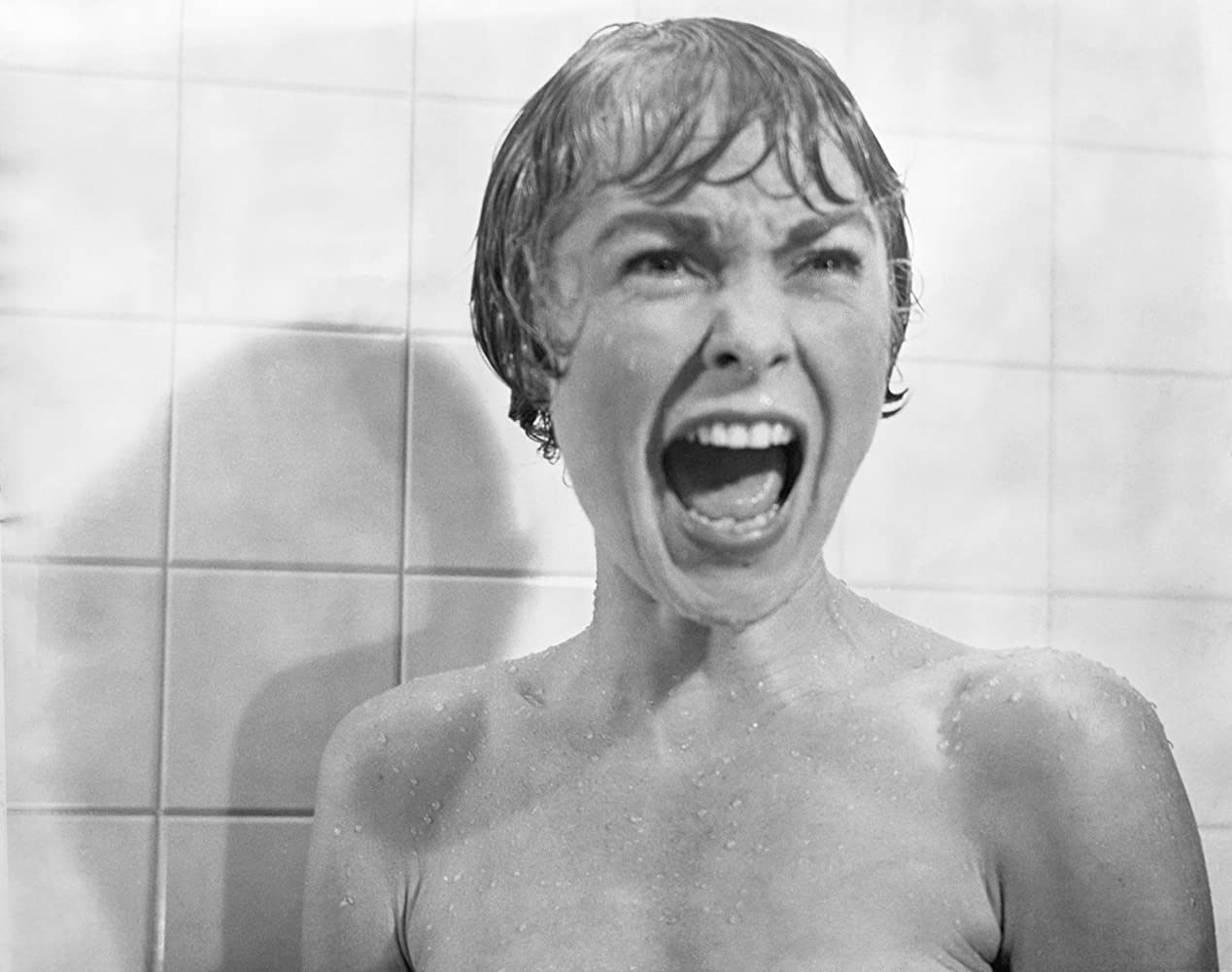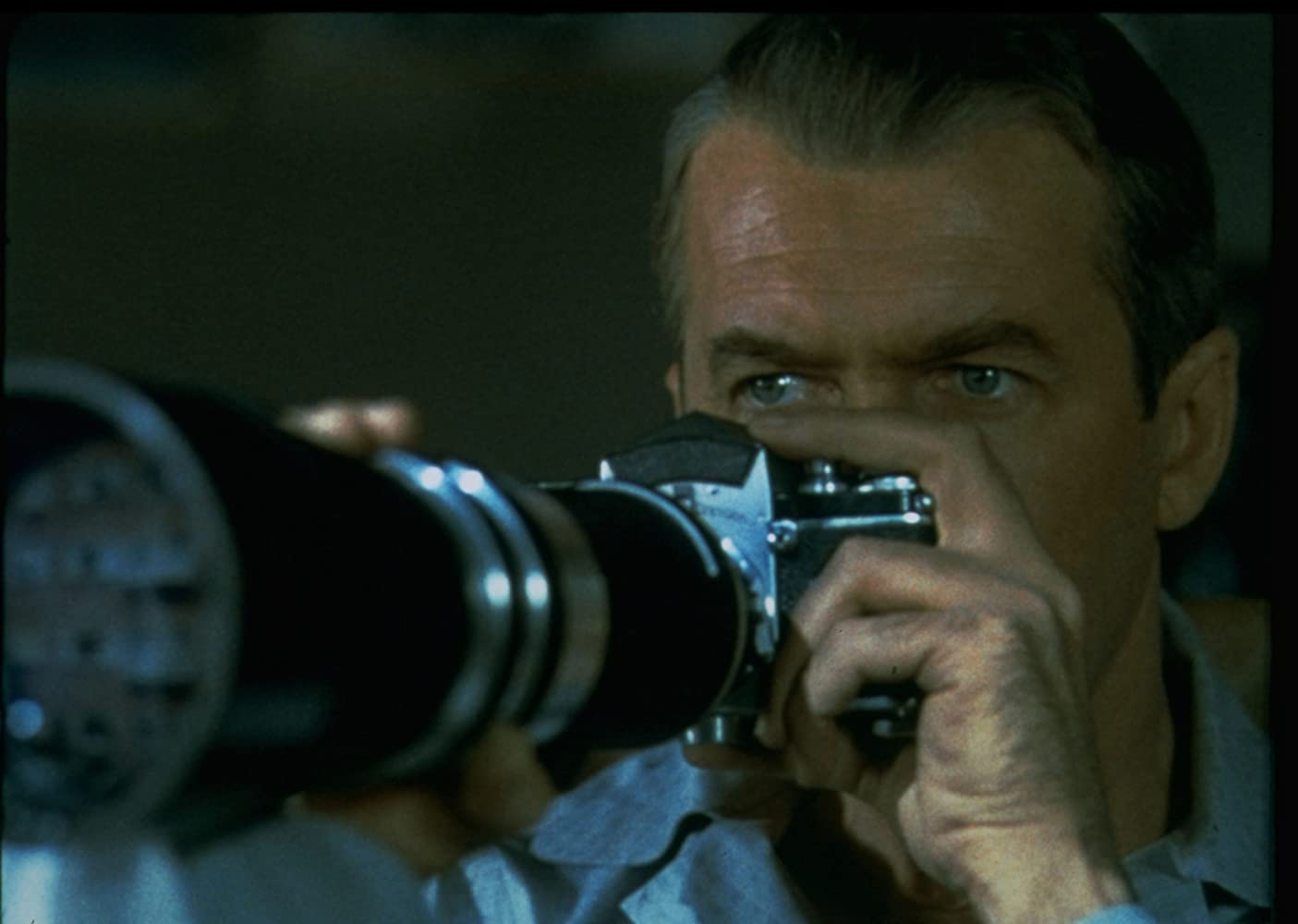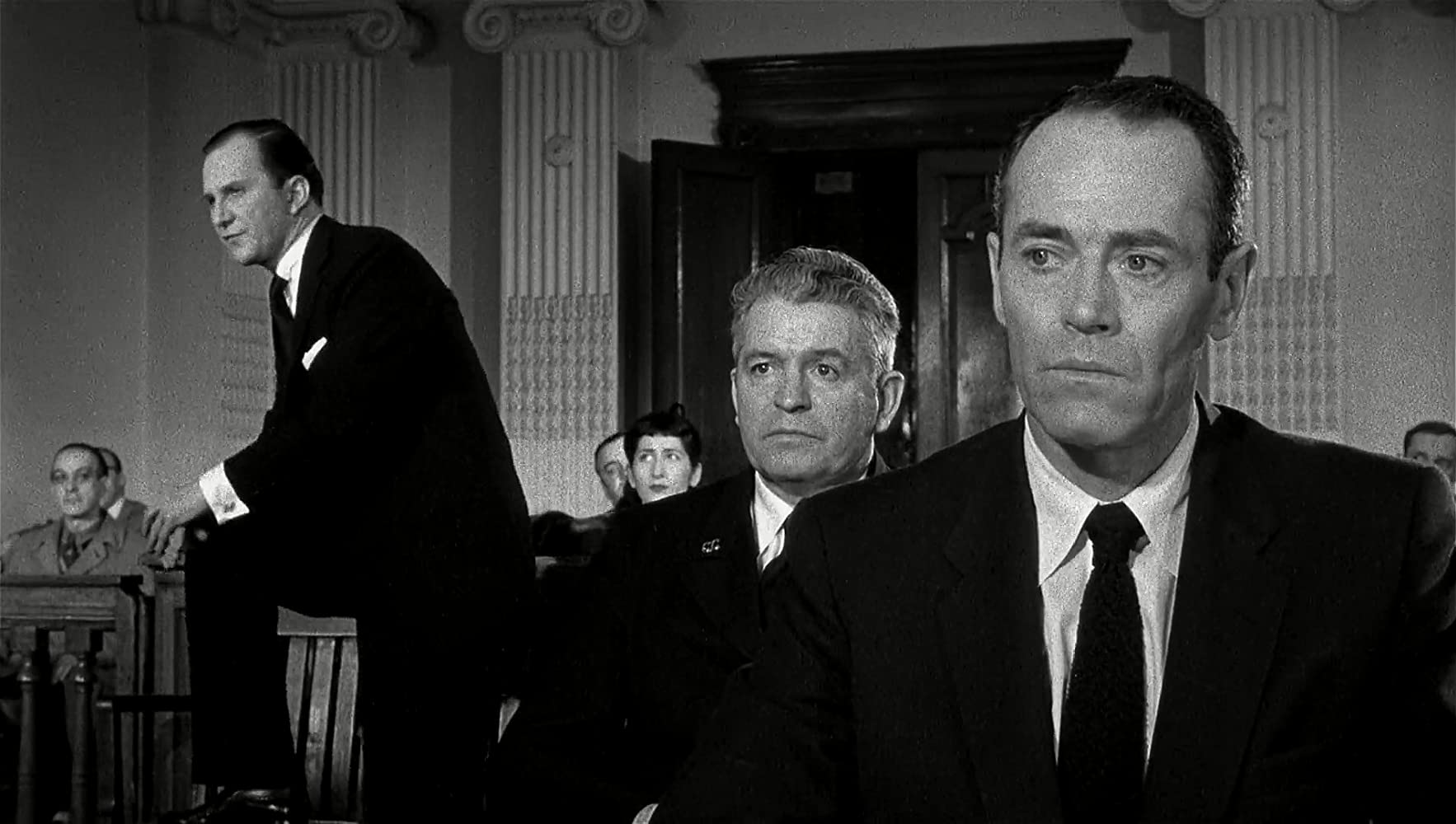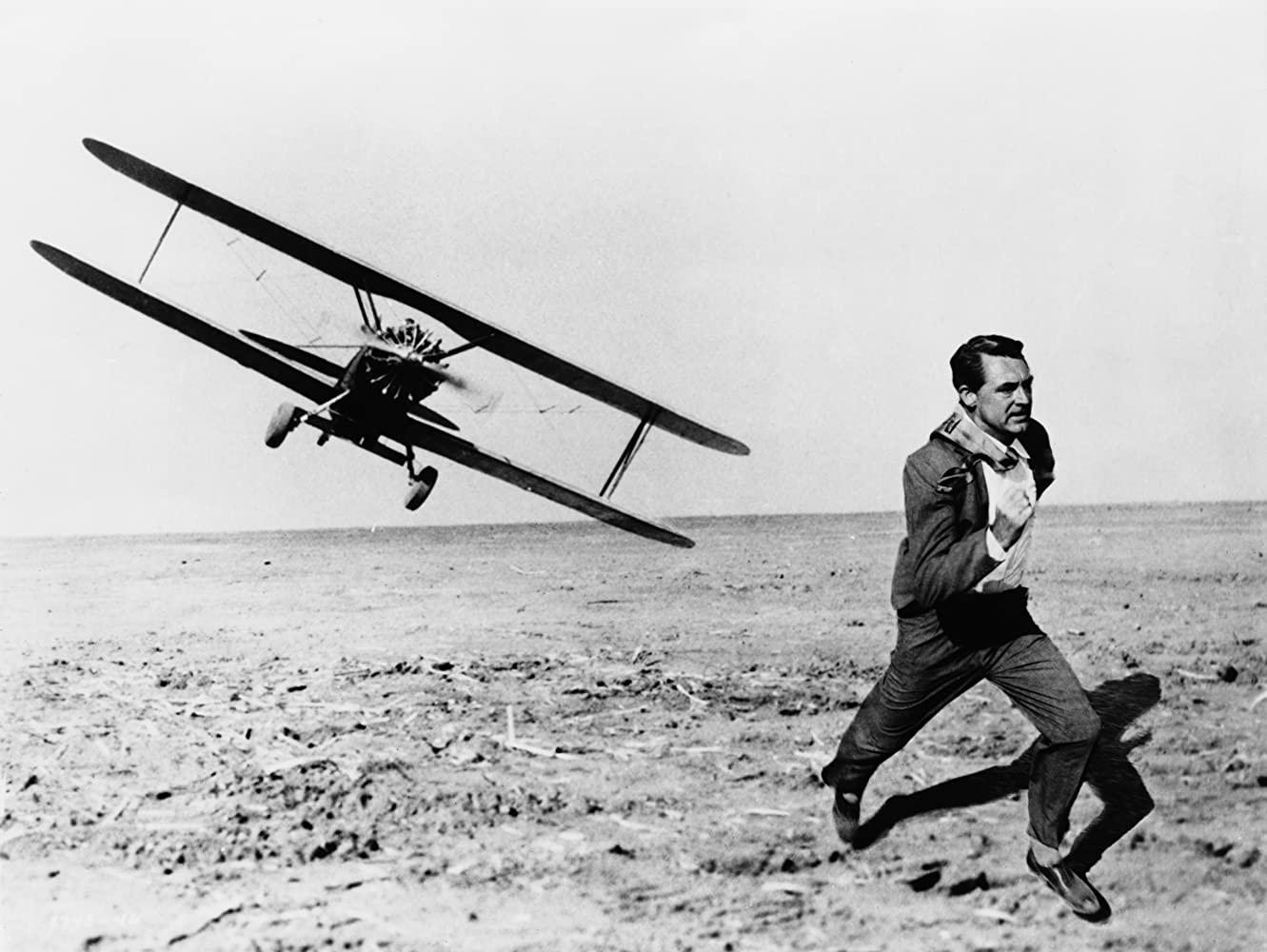By Harri Knight-Davis, First Year, Film and Television
Sir Alfred Joseph Hitchcock (13 August 1899 – 29 April 1980) made over fifty films in a career spanning six decades starting in 1925 and ending in 1976. He began his life in film as a title maker for silent films, becoming a set designer, then a script-writer and an assistant director until he finally directed his first feature film The Pleasure Garden (1925).
He would go on to make films which caught the attention of Hollywood, with pictures such as his early silent film The Lodger (1927) and his 1930’s hits The Man Who Knew Too Much (1934) and The 39 Steps (1935). In his time in Hollywood he would go on to make some of the best films ever made with his extraordinary four film streak of Vertigo (1958), North by Northwest (1959), Psycho (1960) and The Birds (1963). His latter years in the director’s chair were not always as successful, but still in his penultimate film Frenzy (1972) he was still going for the jugular and making exciting cinema.

Though he was heralded as the “The Master of Suspense”, Hitchcock was unfairly maligned as just an entertainment director for the majority of his career. It was only until François Truffaut’s book ‘Hitchcock Truffaut’ that Hitchcock was truly appreciated as the genius he was.
Hitchcock told stories that he said were “designed for two thousand seats instead of one”. He crafted films that people had to come to the cinema and see with their own eyes. And he did this when cinemas needed it most, during the rise of home entertainment. The release of Psycho in 1960 forced people to come to the cinema and witness the film that would change cinema forever, with its avant-garde style and structure.
With Psycho, Hitchcock was pushing the boundaries of what cinema could achieve while also changing cinematic language at the same time, but this was Hitchcock’s raison d’être. In 1948 with Rope, he was the first person to attempt to make a film that appeared to be done in one shot. He also made one of the best examples of a 3D film with Dial M for Murder (1954) and with Vertigo (1958) he created the dolly zoom, a shot that would be an integral part of cinema for the next sixty years.

His effort to reinvent the cinematic terrain is why he is still so influential now. Hitchcock’s DNA is present in many aspects of modern cinema, from the work of David Lynch to Korean directors Park Chan-wook and Bong Joon-Ho.
Suspense, action and his fetishistic tendencies may be what is associated with Hitchcock and while that’s not wrong, an underrated aspect of his work is his perceptive outlook on humanity; whether good, evil or somewhere in between. He understood that most people were deeply flawed, shown through his many problematic protagonists.
From the flawed but ultimately likeable L.B Jefferies in Rear Window (1954) and The Birds’ Melanie Daniels to the psychopathic characteristics of Scottie in Vertigo and Rope’s Brandon. He understood the variants of behaviour of humanity and in society. Hitchcock was also a director to realise most people are self-serving. Many of his characters are people who avoid helping others just to make their lives slightly easier. Best shown in The Lady Vanishes (1938) where, almost every train passenger chooses to make a woman spiral into hysteria and nearly allow another woman to be kidnapped and murdered, all in order to protect their selfish, unimportant interests. Though often seen as a pure entertainment director, he was clearly so much more.

When discussing Hitchcock you can’t forget his trademarks and obsessions. Interestingly, his obsessions seemed to vary from blonde heroines to his voyeuristic tendencies and the role of mothers. Although, at times they can feel oppressive, it is when his trademarks and obsessions coalesce and blur into each other that Hitchcock often made his best and most thought-provoking films: Vertigo and Rear Window. Hitchcock’s obsessions are what made many of his films as intriguing as they are, but when he omitted these aspects from his work he still created fascinating films with the intellectually rigorous Rope and the reflectively somber The Wrong Man (1956).
He was no one trick pony, and although he was a master of many genres as David Fincher (Gone Girl, Seven) stated, he was the first director to just “go with it” and allow his interests and obsessions to flow into his work and for that he can only be commended.

The cinematic legacy and filmography he left behind has inspired directors for the past sixty years and will continue to inspire forever more. His importance in cinema history will most likely never be surpassed as his films continue to entertain, scare, bewilder and entrance audiences of all ages and of all backgrounds. Though, in a letter to his friend and fellow filmmaker Truffaut he wrote ‘I wish I were in your position to do exactly what I would like to do’.
While looking through his body of work you can’t help but wonder what he could have been capable of without the restraints of the studio system: what other masterpieces could film fans across the world be analysing and what other ground-breaking work could directors be inspired by. It’s truly a mystery.
Featured: Bettmann Archive, gettyimages.com, IMDb, Paramount Pictures
Which of Hitchcock's films have you seen?







